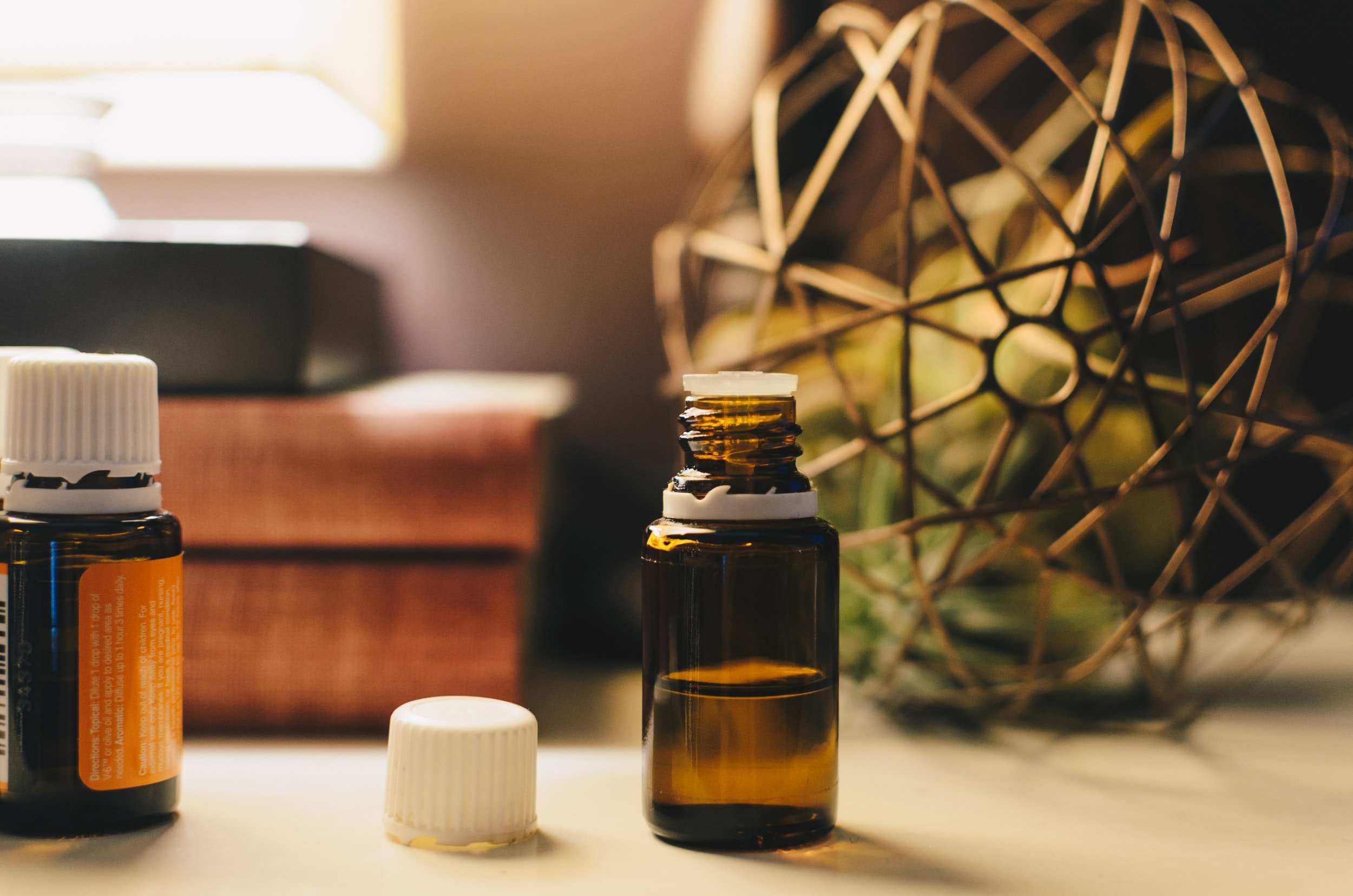
HRT/TRT
Hormone Replacement Therapy (HRT)
Menopause is the time in a woman's life when her period stops. It is a normal part of aging. In the years before and during menopause, the levels of female hormones can go up and down. This can cause symptoms such as hot flashes, night sweats, pain during sex, and vaginal dryness. For some women, the symptoms are mild, and they go away on their own. Other women take hormone replacement therapy (HRT), also called menopausal hormone therapy, to relieve these symptoms. HRT may also protect against osteoporosis. HRT can be used to help with many of the above symptoms even in perimenopausal women.
Testosterone Replacement Therapy (TRT)
Per the Journal of Clinical Investigation, testosterone levels decline gradually with advancing age after peaking in the second and third decades of life. Genetic factors, adiposity, and comorbid conditions affect the trajectory of age-related decline in testosterone levels. Seven percent to 14% of community-dwelling middle-aged and older men have low morning fasting total testosterone below 250 ng/dL. The proportion of men who have low testosterone as well as sexual symptoms increases from 0.1% in men aged 40 to 49 years to 5.1% among those 70 to 79 years old. The majority of middle-aged and older men with low testosterone has low or inappropriately normal luteinizing hormone (LH) levels (secondary hypogonadism) and a smaller fraction has elevated LH (primary hypogonadism). Secondary hypogonadism is typically associated with obesity and comorbid conditions, while primary hypogonadism is more robustly associated with age.
Low testosterone levels in men are associated with low sexual desire and erectile dysfunction (ED); reduced skeletal muscle mass and strength, and impaired physical function; decreased bone mineral density (BMD); and increased risk of osteoporotic fractures. Measured and genetically determined estradiol levels in Mendelian randomization studies are more strongly associated with BMD and fracture risk than testosterone levels.
Low testosterone as well as sex hormone–binding globulin (SHBG) levels are each independently associated with increased risk of type 2 diabetes mellitus (T2DM). In Mendelian randomization studies, higher testosterone level reduces the risk of T2DM in men but increases the risk of T2DM in women. Low testosterone levels are associated with shorter telomere length and increased all-cause mortality. Low testosterone level may be a marker of poor health.
Our providers will personalize a plan for your hormone replacement therapy or TRT with medications or with natural supplementation virtually from the comfort of your own home.
What’s the difference between synthetic hormones and bioidentical hormones?
Synthetic hormones are chemically-altered and not identical to human hormones. Bioidentical hormones are produced naturally with plant-based materials and have precisely the same structure and chemical composition as our own hormones.
Bioidentical hormones are produced naturally with plant-based materials and have precisely the same structure and chemical composition as our own hormones.
Synthetic Hormones
Most of today’s hormone replacement treatments use synthetic hormones which are patented by pharmaceutical companies. Synthetic hormones were well-received because they provide some of the benefits of hormone replacement, such as controlling the symptoms of menopause and fighting osteoporosis and heart disease. However, long-term results have shown that synthetic hormones can elicit a negative metabolic response. For example, some women can’t tolerate synthetic hormones and suffer from side-effects such as bloating, bleeding, or mood swings. In some people, synthetic estrogens and progestins have contributed to the development of breast and uterine cancer.
Synthetic hormones are chemically-altered and not identical to human hormones. For example, the popular estrogen-replacement drug Premarin is made from horse urine.
Bioidentical Hormones
Bioidentical hormones, on the other hand, are produced naturally with plant-based materials. Plants like yams and soy have hormones with the same structure and chemical composition as your body’s natural hormones.
These hormones are processed into a prescription dose and form by a specialty compounding pharmacy. The body accepts and metabolizes these hormones as if it made them.





